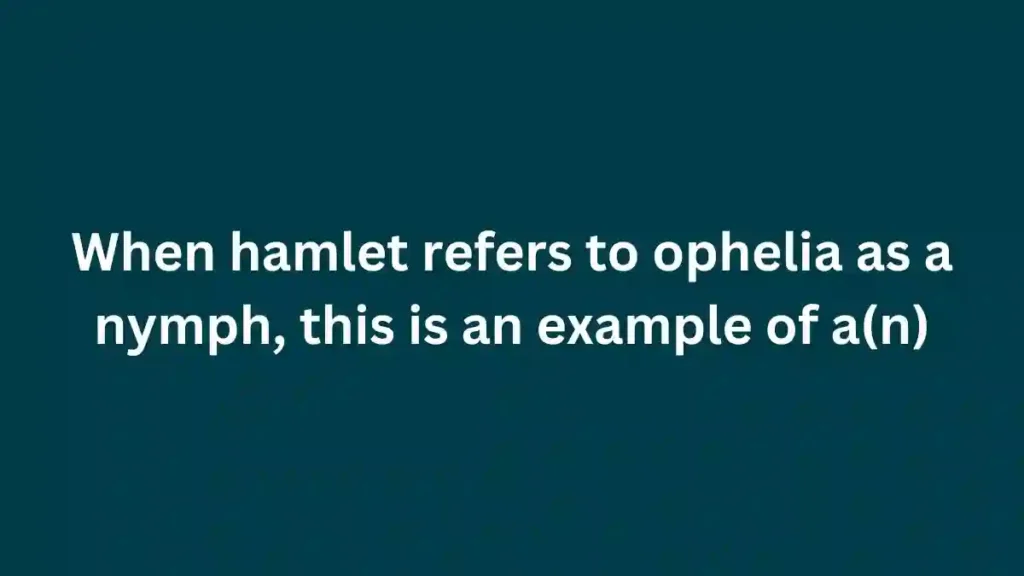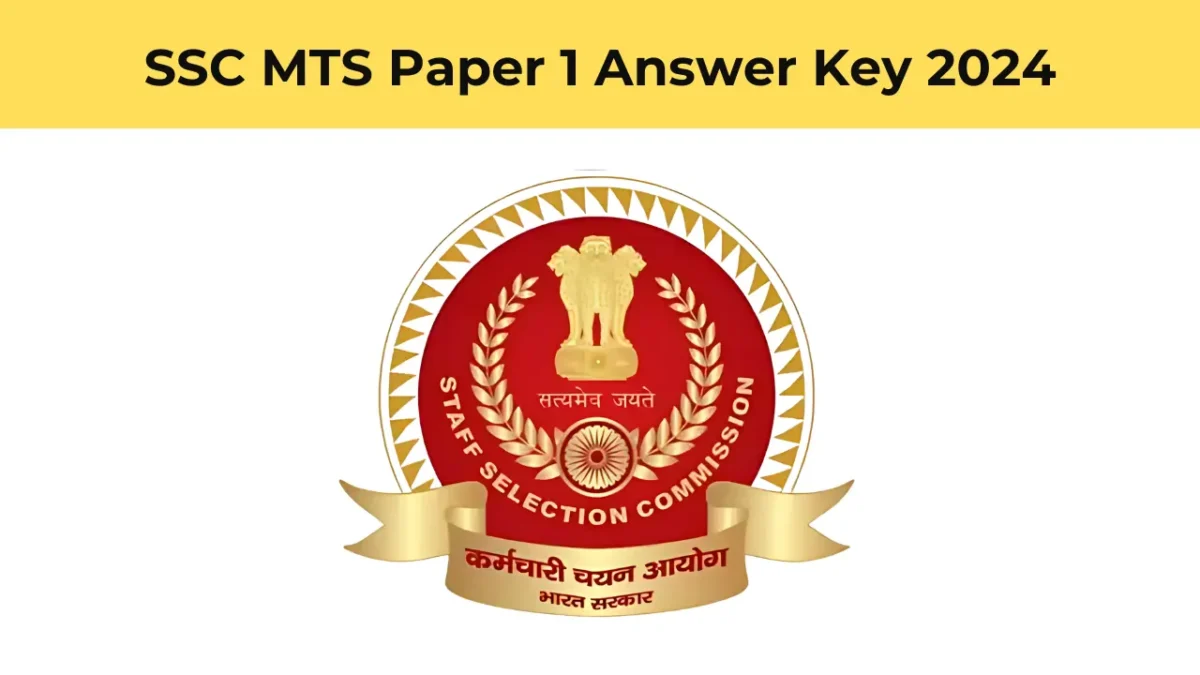In Shakespeare’s Hamlet, when the troubled prince refers to Ophelia as a “nymph,” it’s more than just a compliment. Dive into the meaning behind this word choice and how it reveals Hamlet’s state of mind.
An Allusion Hiding in Plain Sight
William Shakespeare’s Hamlet is a play brimming with symbolism and hidden meanings. One such instance occurs in Act 3, Scene 1, where the tormented prince, Hamlet, encounters Ophelia. In this tense exchange, Hamlet addresses Ophelia with the unusual term, “nymph.”
On the surface, “nymph” might seem like a simple compliment, referring to Ophelia’s beauty. However, within the context of the play and Shakespeare’s use of language, this word carries a deeper significance. It’s not just a descriptor; it’s an allusion.
Unveiling the Mythological Connection
An allusion is a literary device where an indirect reference is made to a person, place, or event, typically from mythology or history. In this case, Hamlet’s use of “nymph” is an allusion to Greek mythology. Nymphs were minor deities associated with nature, often depicted as beautiful young maidens inhabiting forests, streams, and mountains.
By calling Ophelia a nymph, Hamlet elevates her to a realm of innocence and purity. However, nymphs were also known for their association with fleeting beauty and a certain detachment from the complexities of the human world.
A Window into Hamlet’s Troubled Mind
Hamlet’s choice of words reveals his own internal struggle. He might be seeking solace in Ophelia’s perceived innocence, a stark contrast to the darkness that consumes him. However, the allusion to nymphs also hints at a potential distance he feels from Ophelia. He might see her as an idealized figure, rather than a real person capable of understanding his turmoil.
Furthermore, Hamlet’s mental state is deteriorating throughout the play. His use of an archaic term like “nymph” could be interpreted as a further descent into madness. He might be clinging to fragments of classical knowledge as his grasp on reality weakens.
The Power of Allusion in Shakespeare’s Work
Shakespeare’s masterful use of allusion adds layers of meaning to his plays. By referring to Ophelia as a nymph, he creates a complex image that reflects Hamlet’s emotional state and his distorted perception of the world. This single word choice reveals both his yearning for purity and his growing detachment from reality.
Discover more from Majhi Naukri | माझी नोकरी 2025
Subscribe to get the latest posts sent to your email.


